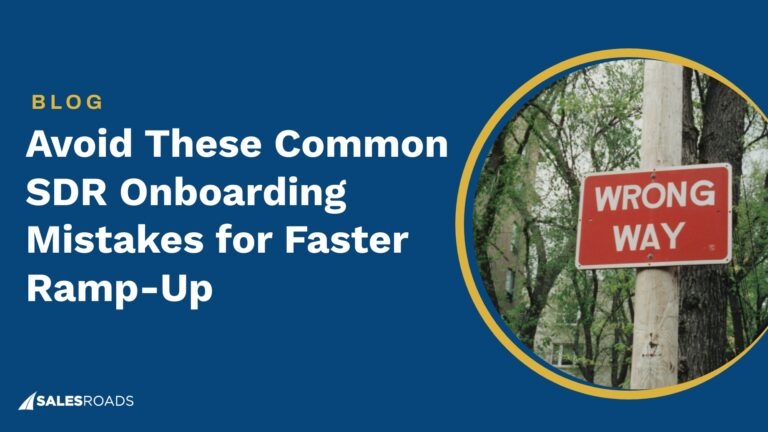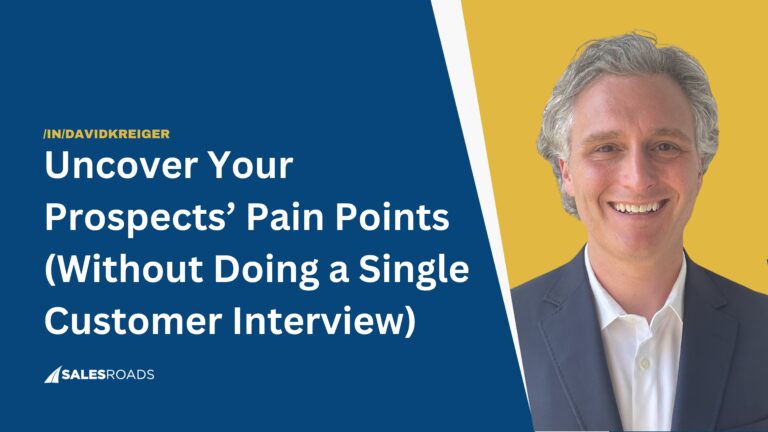Appointment setting is the process of fixing meetings with prospective clients to discuss the terms of a possible business deal. Despite being shorter and less demanding than a demo call, scheduling appointments often come with numerous objections.
Top salespeople develop tactics and skills to overcome these objections and maintain a supply of fresh leads in the pipeline. Team leaders can prepare objection-handling rebuttals for common appointment setting scenarios as material for onboarding and training.
Common Appointment Setting Objections
Sales leaders can teach their teams how to identify objections and provide tips to handle and overcome them during appointment setting. A simple approach recommended by The Rain Group includes listening to the objection, understanding it, responding to the prospect, and confirming that it is resolved.1
The most common appointment setting objections2 are:
- When the prospect is uninterested
- When the prospect has no budget
- When the prospect wants to discuss pricing
- When the prospect already has a client
- When the prospect wants more information
When the prospect is uninterested
Smokescreen objections3 are antics that prospects use to get off the phone. The best way to identify them is by noticing they are often dismissive and come before the SDR gets to the qualification statement.
“Not interested”
or
“I’m on my way. Can you call back?”
or
“I’m in the middle of a meeting.”
Prospects use smokescreens when:
- They don’t see the benefits of listening to you;
- They’re unwilling to commit to a decision;
- You have not grabbed their attention.
Using typical objection-handling techniques to deal with smokescreens may not be effective. A practical way to overcome them is to introduce attention-grabbing benefits at the beginning of the conversation.
“Can I explain what we do in 30 seconds, and then you choose if we can set up a meeting?”
When the prospect has no budget
Prospects may tell you they lack funds to push for your product or have exhausted their budget for the year. The first step in dealing with this objection is to confirm that it’s not a smokescreen.
A genuine financial objection should not stop you from setting the appointment. Your response should be honest and positive, showing the prospect that a deal is possible despite their current financial situation.
“That’s fine. We just want an opportunity to share how we can add value to your company in the near future. When is a good time to meet?”
When the prospect wants to discuss pricing
The purpose of an appointment setting call is to fix a sales meeting, not to discuss prices. If your prospect shifts the conversation toward costs, the emphasis changes to selling your product.
Appointment setters must have valid reasons to push the ‘money talk’ to the next meeting.
“We’ll love to ensure that [your product or service] is a good fit for you before talking about price. We can meet up at your convenience. When is a good time?”
When the prospect already has a client
Most prospects already have a company that handles the pain point that your product or service is solving. Your ultimate goal is to someday replace that provider, and the appointment will initiate this process.
State that a meeting would allow you to provide information for them to make an informed decision on the product or service. You can include statistics on pain points resolved in their industry over time.
“We want an opportunity to show how we add value to companies in your industry versus [competitors]. We have done [metric/statistic] for [x] companies in [period]. When is a good time to schedule a meeting?”
You can also add that many of your customers were using a competitor’s product before exploring yours, emphasizing the value you provide in comparison to others.
“Our clients used other vendors before speaking to us and switching to [product or service]. Are you free to meet up soon?”
When the prospect wants more information
SDRs often misinterpret a prospect’s request for information as interest in the product, but it is usually a way to say “no.”
To overcome this objection, sales reps can emphasize that the lead will get all the information they need at the meeting. This way, the prospect’s focus shifts from the extra information to the appointment.
“Our clients have found us more valuable after an introductory call. Can we schedule one in the next few days?”
You can also handle this objection by agreeing to send them information right after you book the appointment. The focus of the meeting will now be to discuss the information you sent and see if your company is a good fit for them.
“I can send you a brochure, and then we set a time to discuss it. When is a good time for that?”
Bottom Line
Objection handling is critical for sales success and essential for appointment setting, as it influences conversion rates. Equipping your team with rebuttals for different scenarios and prospects’ antics enables them to anticipate and handle objections, set more appointments, and improve lead generation.











